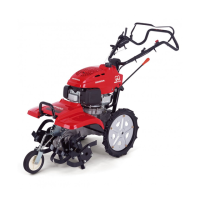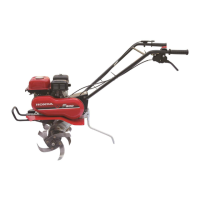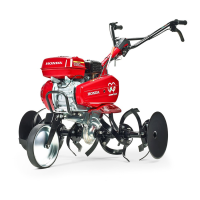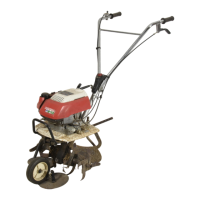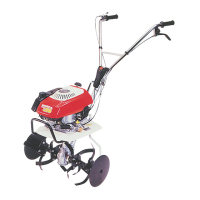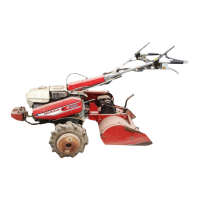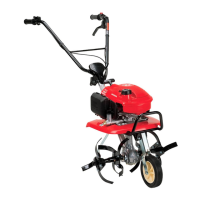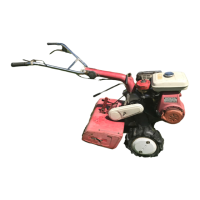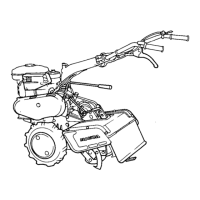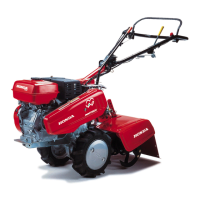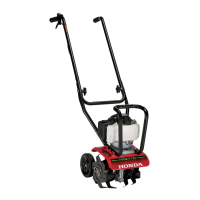How to fix a Honda FF500 that is hard starting?
- JJordan SandersAug 16, 2025
If your Honda Tiller is hard to start, begin by following the starting procedure detailed in the manual. Ensure there's enough gasoline in the tank, and if the gasoline is old, drain it and refill with fresh gasoline. Use unleaded gasoline and check that the engine oil is at the specified level. Inspect and clean the spark plug if it's contaminated, replacing it if necessary. Securely attach the spark plug cap and dry the spark plug if it's wet or fouled.
